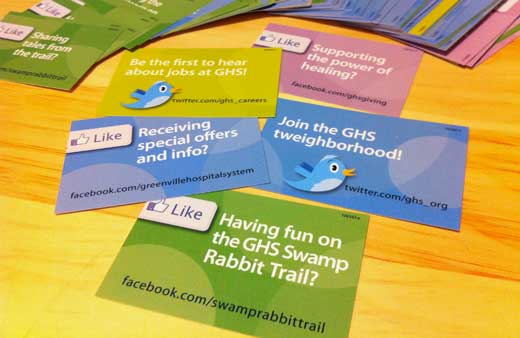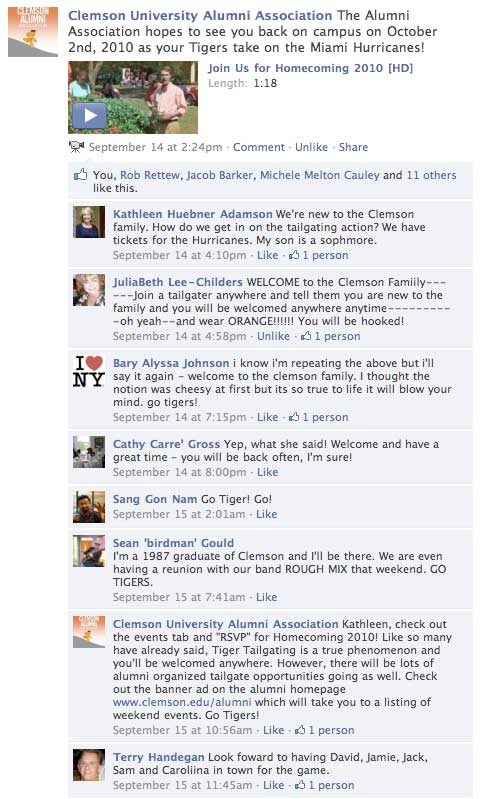Lately I have been thinking a bit about “The Grid”…you know that thing that keeps us all connected! Imagine waking up one day and you are in Little House on the Prairie…no grid, no iPhone, no iPad, no Internet, no Twitter, no Facebook, no telephones, no television…NO ELECTRONIC TECHNOLOGY! What would we do as a society? Think for a second…the headlines in North Korea have been exposing us to that possibility…and E-Bomb. Something that could potentially knock out even the most un-assuming pieces of technology that we depend on…even fuel injection cars.
No this post is not a conspiracy theorist type of post..just one to think, what if all of this electronic technology was GONE? I think of the Allstate Commercial addressing the economy with the message about getting back to basics. But what if that message had a bigger meaning…basics beyond electronic technology.
What has Social Media taught us that could translate into the Little House on the Prairie scenerio? Think for a second…hmm, it has taught me how to use innovation to build relationships. It has taught us that communities are important for so many reasons..but most importantly how to communicate using new innovation.
So, if right this second someone took an eraser and starting erasing the laptop sitting infront of me, the iPhone in my hand, the telephone at my desk, the server in the closet, the electrcity in the walls…and on and on. I would want to know how my friends I have built connections with on Facebook, Twitter, email, blogs, etc. are doing. I would want to reconnect in a more basic manner. I would want to figure out how to communicate with my grandparents, my friends I established on Twitter who are all over the world, etc.
We would innovate and create new forms of communication or step back and rely on traditional forms of communication to find ways to gather, communicate, share ideas, have a drink, and so on. We might even start writing letters again, you know those good ole fashion hand written letters that might be delivered via a horse or a person driving a car that only uses a carburetor.
We would probably value face-to-face interaction because we cannot quickly get our fix on Twitter where we communicate like someone watching a tennis match. Do we depend too much on electronic communication and forget how to establish and maintain relationships outside of the grid? Have we evolved too much with the grid where we can only create a thought through a keyboard which restricts our critical communication skills necessary in a face to face interaction?
HMM…I wonder. I wonder where we are going? I wonder who will be able to evolve without the grid? Will I be able to or am I conditioned to depend on the iPhone?
When I left broadcast television news back in 2000 to return to graduate school, one thing I did was step back from the grid. I got rid of a cell phone and tried to re-evaluate how I communicate. It was nice not to depend on that device that followed me around… tying me to the grid.
Now…I am dependent upon the grid! This powerful pieces of connectivity that i get thoroughly pissed off when i drive through a “DEAD ZONE” or when my cable modem drops connectivity for ONLY A FEW MINUTES. Oh no, I can’t write a blog, I can’t tweet, I can’t upload a photo….I JUST CAN”T EXPRESS MYSELF…what has the world come to?
But hold on…I am breathing…I can talk…I can shake a hand…I can communicate with my mouth…with my handwriting. I can still express myself.
Have you ever caught yourself saying…what did we do before the Internet? What did we do? Really…what did you do? Maybe we did actually Tweet, maybe using a different method?
I have always explained my conversations in Twitter using this scenario. Imagine showing up for a big conference and you walk into a room filled with close to a thousand people. As you walk through the crowd, you ware walking in and out of conversations…listening to comments as you make you way through. You might stop for a second to chat…then keep on walking, in and out of conversations….until you reach a group you are ultimately there to see. You might still mingle after finding that group, walking in and out of conversations…but ultimately you are there to talk to certain groups…as you are listening to different conversations.
Did I just describe Twitter in a different context…a different paradigm…different physicality? Is Social Media just a technology or a communication method regardless of technology? What is the grid?




